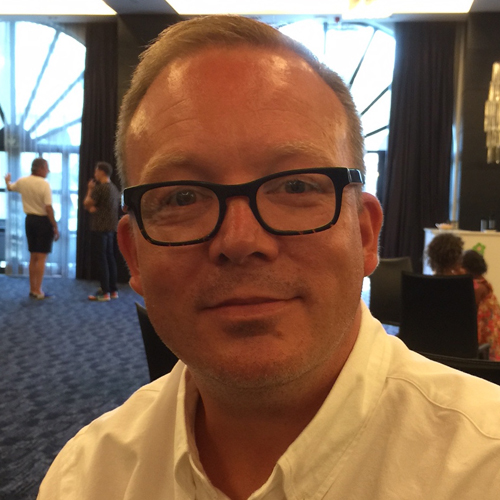With Norway’s wild cod catch totals on a declining trend, farming the fish is the only way to meet the long-term, rising demand for the whitefish species, according to Trondheim-headquartered aquaculture company Norcod.
Norway’s cod landings have fallen 40 percent in the last two years and that the country’s quota is now at its lowest level since 2009. In contrast, cod farming has the potential to offer a stable, year-round supply of fresh cod to global markets, compared to the product’s current three-month availability, Norcod CEO Christian Riber said at the 2023 edition of the North Atlantic Seafood Forum (NASF),
“It’s a very healthy protein, it’s environmentally-friendly, and has a high and efficient feed conversion,” Riber said. “What we are delivering is a high-quality product on long-term contracts with stable deliveries and that’s exactly what our clients want.”
Norcod’s current buyers are located in the traditional cod markets of western and southern Europe, but the company is also developing new markets in Japan and China.
“In Japan, they’re really seeing the benefit of farmed cod for use in sashimi and sushi,” Riber said.
Norcod operates five farms along the Norwegian coast, with its 20 licenses giving a maximum allowable biomass (MAB) of 16,600 metric tons (MT). In 2022, its production of 5,000 MT accounted for 87 percent of the total global supply of farmed cod.
The company’s second harvest began in October 2022 and was expected to last six months. Over the next two years, Norcod expects to increase its production to between 10,000 and 15,000 MT, and then take that up to over 25,000 MT in the longer-term.
“The sites and facilities are in place for this growth, we just need to stock them with fish,” Riber said.
In Norcod’s target market of the United States, the company has seen retail prices trending at about USD 50 (EUR 46) per kilogram, Meyer said.
“That proves the price potential that’s in the market,” he said.
Nordic Halibut CFO Kenneth Meyer, also speaking at NASF, said the buying public’s willingness to pay more for high-quality fish was also a benefit to his firm.
“The market dynamics have proved very strong over this past year. So far in 2023, we have seen an average sales price of NOK 173 [USD 16.47, EUR 15.26] per kilogram, which is a solid improvement from an average yearly sales price of NOK 125 [USD 11.90, EUR 11.03] over the last decade,” Meyer said. “Farmed Atlantic halibut has some unique attributes that are perfectly suited to premium, value-added production: It has a high potential fillet yield of 65 percent, and four boneless fillets. And with 70 percent of our harvest above five kilos, it’s a meaty fish.”
Founded in 1995, the Norwegian company currently has licenses in place to farm 4,500 MT of fish on the country’s northwest coast, and has a two-phase growth plan that will increase its production to 9,000 MT by 2030.
Phase one includes construction of a new land-based, solar-powered facility at Torjulvågen, Tingvoll, Norway for juvenile halibut production. This will be scaled up through 2025, and once fully-operational, will produce 1.25 million juveniles annually.
Meyer said Torjulvågen was chosen as the location for the facility because of its access to clean water at a stable temperature that’s “perfect” for halibut farming, and for its proximity to the company’s core production hub in Nordmøre.
“We are very confident this facility will increase our performance and will be a driver of huge growth,” Meyer said.
Meyer said Nordic Halibut’s key performance indicator (KPI) will be the number of fish it can put into its cages with one juvenile fish equaling five kilos of product in three years’ time.
“In 2022, we put out 700,000 fish to sea and that gives an anticipated harvest of 3,500 MT in 2025. In 2023, we will put one million fish to sea and that is equivalent to the 5,000 MT target in 2026,” he said. “This proven metric is based on more than 20 years of stable at-sea production, with halibut being a species that’s well-suited to being farmed at sea.”
Once production reaches these levels, Norcod expects to see a significant improvement in its production costs, Mayer said. He said a “conservative estimate” of its future sales price is NOK 140 (USD 13.32, EUR 12.35) per kilogram.
On the other side of the world, Australian yellowtail kingfish producer Clean Seas Seafood …
Photo courtesy of Nordic Halibut








